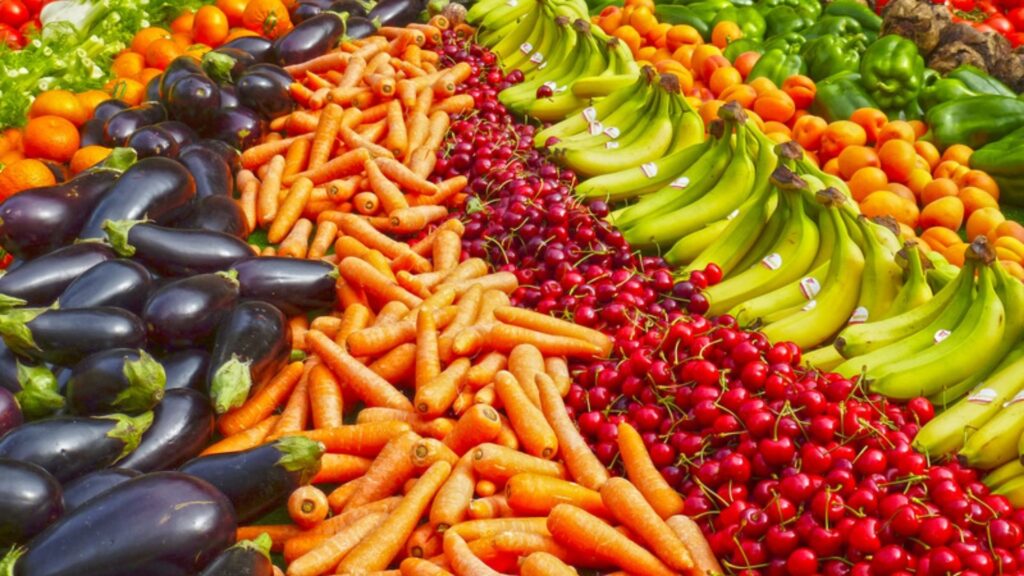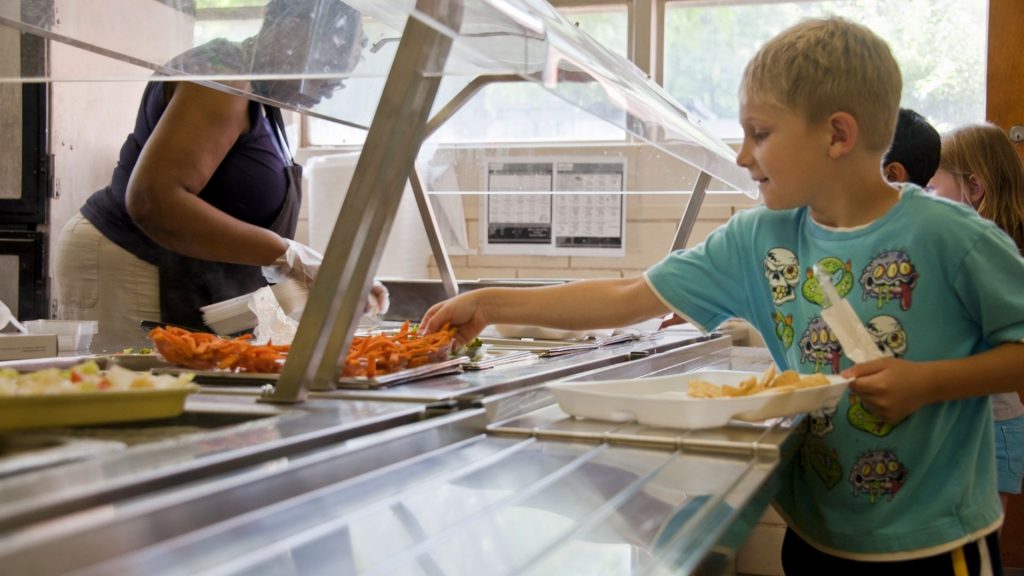USDA Providing $943M To Schools For Food Purchases
The USDA is extending $943M to schools to purchase healthy, US grown foods for school meals amid inflation and food chain supply disruptions.

As inflation takes its toll on the price of school lunches, the USDA is offering more funding for food purchases. The quality of school lunches has been a serious concern for some time and now that the cost of food has skyrocketed many are concerned that students’ nutritional needs will not be met. Under the new Keep Kids Fed Act, districts will be reimbursed for a portion of the funds spent on school meals.
In 2020 Americans witnessed the largest poverty increase in the nation’s history. Families were struck with unprecedented measures which destroyed the economy and jeopardized inherent rights. Now, in the aftermath, inflation rates have risen to 8.7% and many economists are warning of an impending recession. This isn’t exclusive to the US. Globally, nations are feeling the long-lasting consequences of lockdowns and excessive pandemic protocols, which may be why the latest funding plan for school meals places an emphasis on incorporating American foods.
The new school meal funding plan comes with a massive $943 million price tag but is focused on ensuring that schools purchase American-grown foods in order to address supply chain issues and rising transportation costs. Low-income students will still be allowed to take part in free lunch programs, and districts will be reimbursed a portion of the costs. They will receive 40 cents per lunch and 15 cents per breakfast. Daycare centers will receive a reimbursement of 10 cents per meal given to students.
This comes after last year’s $1.5 billion plan to strengthen school meals programs. The USDA awarded states $200 million to partner with local farmers and food production companies in an effort to reduce costs and support local economies. This was headed by the Agricultural Marketing Service (AMS), a branch of the US Department of Agriculture. In addition, $300 million was put into purchasing 100% American-grown and produced foods for schools. Where the rest of that $1.5 billion went is unknown and that leads some to question spending nearly another billion as the nation faces growing economic uncertainty.
While the federal government continues to spend billions in taxpayer dollars on school meals, many districts are learning the benefits of school gardening options which afford students the opportunity to grow vegetables and fruits themselves at little to no cost. The lessons learned in classroom gardens last a lifetime and have been felt by previous generations. During periods of economic crisis, Americans have historically worked to grow their own food. In WWI, war gardens became a necessity, as food shortages and economic crises struck the nation. In 1917 3.5 million war gardens were reported to flourish, producing some $350 million in crops that nourished people through uncertainty.

Working to localize school meals, cut transportation costs, and provide nutritious options takes time and effort, but whether it requires billions of dollars to be spent every year is a question some Americans are pondering. If the federal government cannot even explain where the rest of last year’s meal plan budget went, the people have a right to seek alternative efforts that provide more returns at lower costs. Expanding school garden programs with federal efforts to ensure that students are properly fed may reduce costs while also providing nutritious benefits that grow healthy generations of thinkers.



